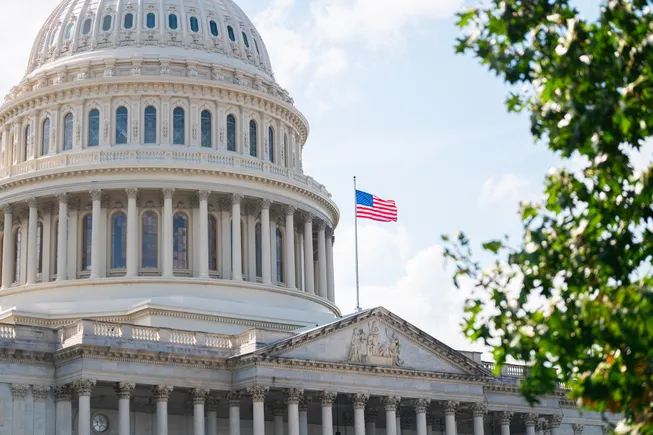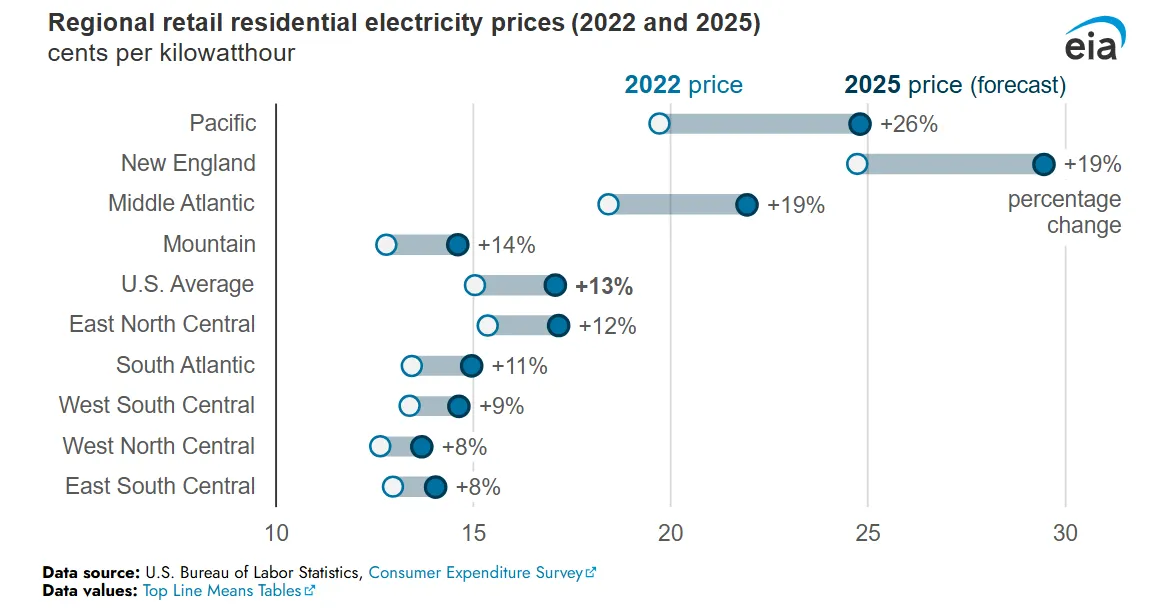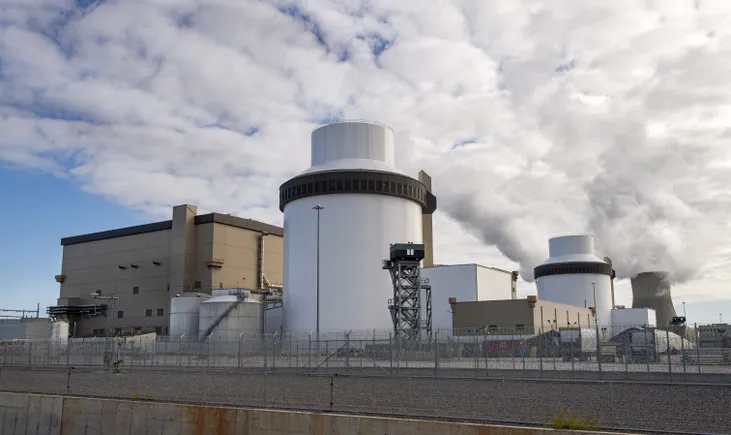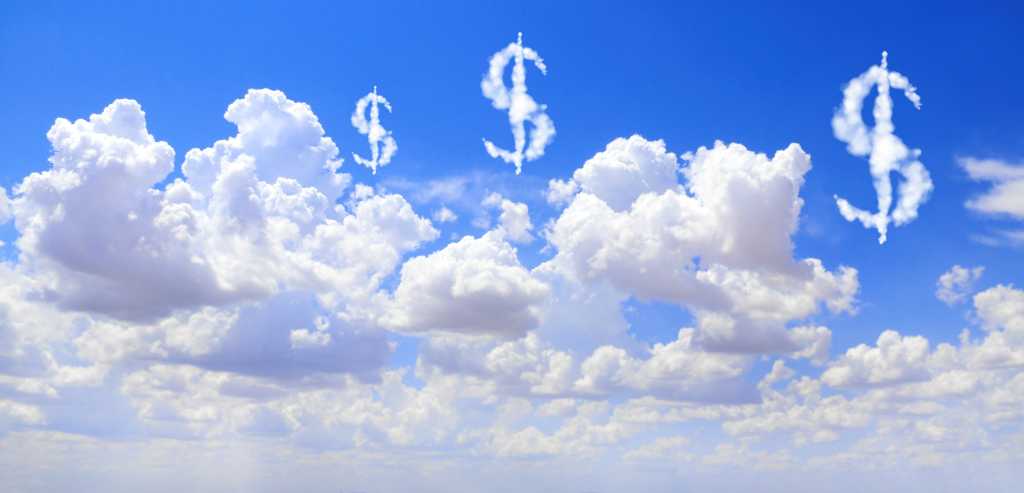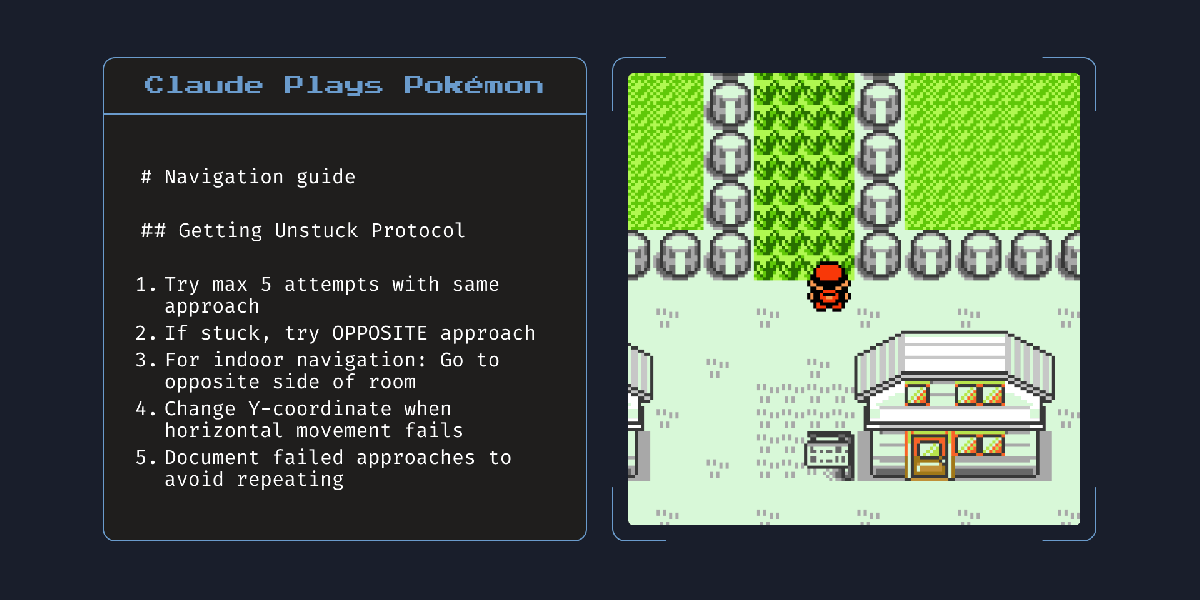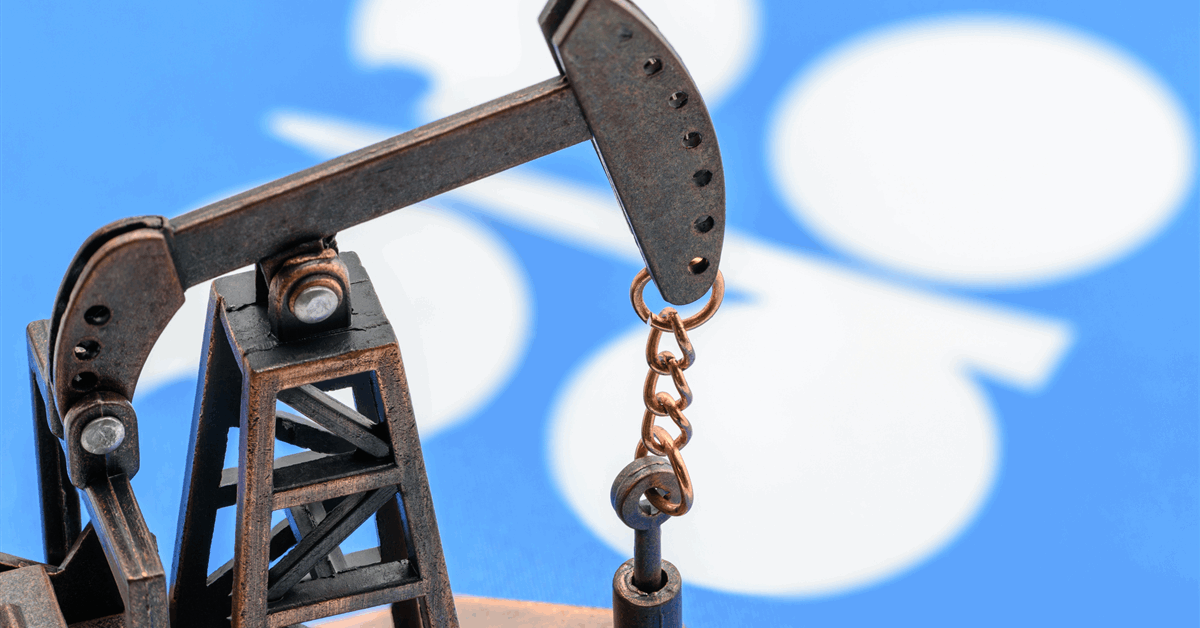
OPEC+ members are discussing making a third consecutive oil production surge in July, to be decided at the group’s meeting in just over a week, delegates said.
An output hike of 411,000 barrels a day for July — triple the amount initially planned — is among options under discussion, although no final agreement has yet been reached, said the delegates, asking not to be named because the information is private. A final decision is due to be taken at a gathering on June 1.
The cartel has helped sink crude prices since announcing 411,000-barrel hikes for May and June — equivalent to about 1% of current OPEC+ output — in a historic break with years of defending oil markets. Oil made a fresh plunge on Thursday, dropping 0.9% to $64.31 a barrel as of 9:13 a.m. in London.
While OPEC+ says the supply increases are to satisfy demand, officials have privately proffered a range of motives, from punishing over-producing members to recouping market share and placating President Donald Trump.
Group leader Saudi Arabia warned errant members such as Kazakhstan and Iraq at their last meeting that it could deliver further production increases unless they fall in line with their quotas. Despite some promises of atonement, the Kazakhs have made little effort to rein in international oil companies operating in the country and continue to export near record levels.
“Our call is for another 411,000 barrel-a-day increase in the OPEC quota in July, similar to May and June,” said Martijn Rats, global oil strategist at Morgan Stanley. “Compliance by the over-producing countries has not changed much, and so far, the previous quota increases have been absorbed by the market.”
In a Bloomberg survey, 25 of 32 traders and analysts predicted OPEC+ will indeed approve a hike of 411,000 barrels a day. Five said they expect the group to revert to a previous schedule of more modest increases, with a boost of 138,000 barrels.
Coinciding with the launch of Trump’s trade war in April, the surprise supply hikes from OPEC+ initially took a brutal toll on oil prices, sending crude to a four-year low near $60 a barrel in London. Futures have recovered since then as the White House rolled back some of its tariffs.
Even so, many forecasters now have a bearish outlook for the market this year. Last week, the International Energy Agency predicted that global oil demand growth will slow during the remainder of 2025 after a robust first quarter due to economic headwinds.
Consequently, Goldman Sachs Group Inc. has predicted that the Organization of the Petroleum Exporting Countries and its partners will pause further hikes after agreeing on the increase for July.
Eight key OPEC+ nations will hold a video-conference on June 1 to settle July production levels. The full 22-nation alliance will also hold a set of virtual meetings on May 28, where it will have the opportunity to review underlying production quotas for 2025 and 2026.
“If there is indeed a shift in policy toward market share and away from price defense, it then makes sense to unwind quickly,” said Harry Tchilinguirian, head of oil research and analytics at Onyx Commodities Ltd. “It’s a little like a band-aid: you pull it off in one swoop and not slowly.”
WHAT DO YOU THINK?
Generated by readers, the comments included herein do not reflect the views and opinions of Rigzone. All comments are subject to editorial review. Off-topic, inappropriate or insulting comments will be removed.
MORE FROM THIS AUTHOR
Bloomberg







